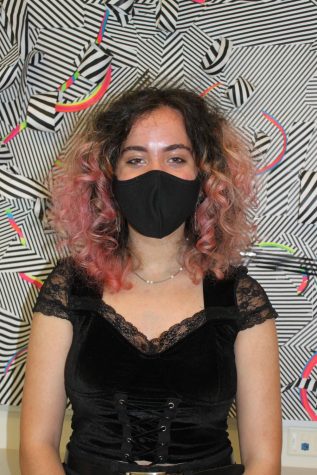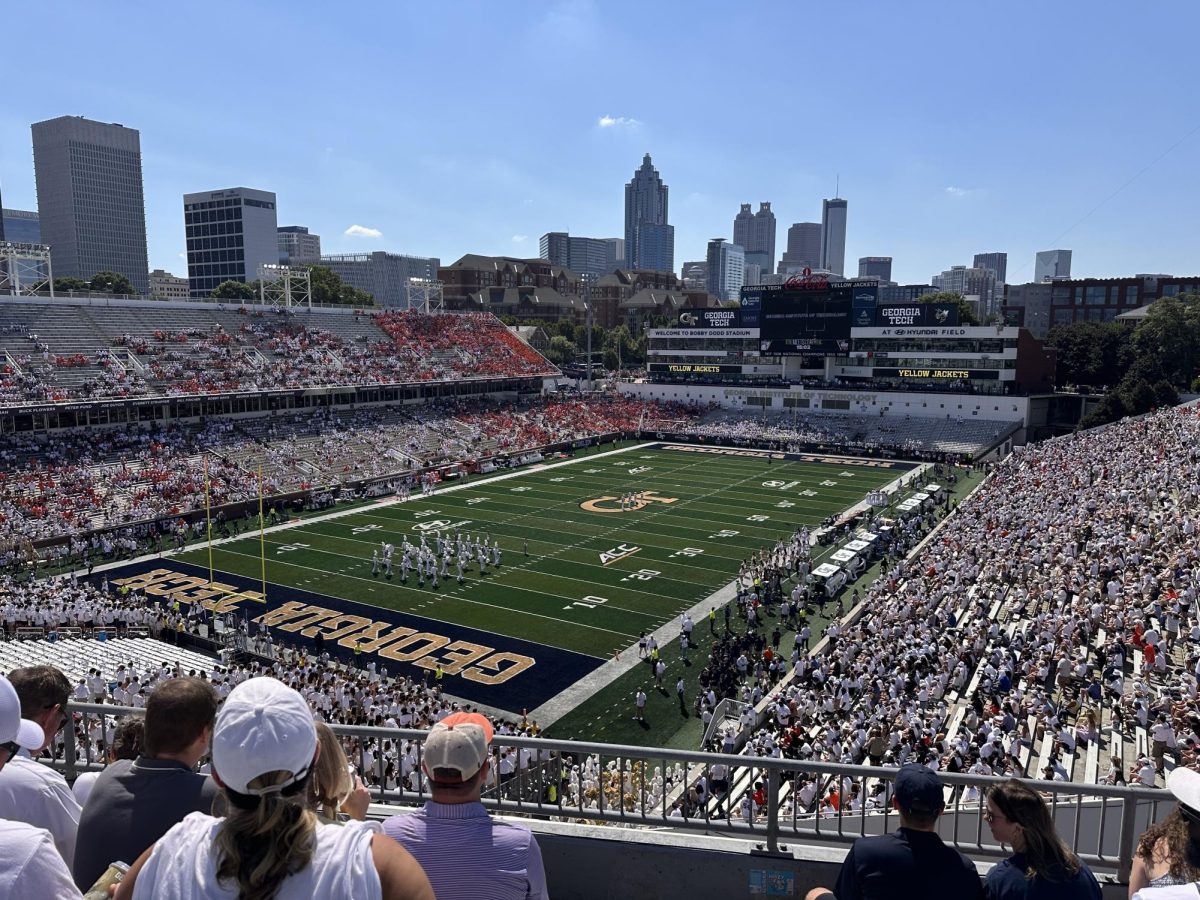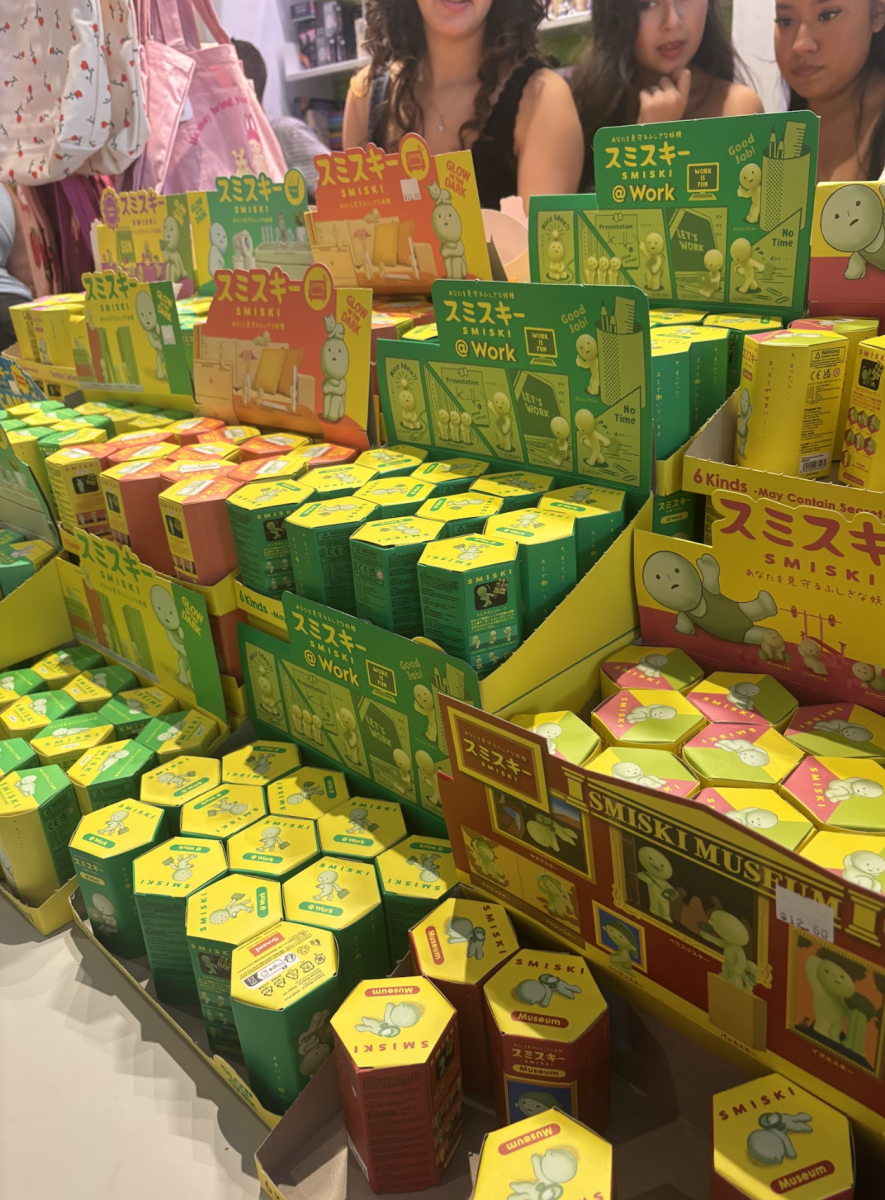The 1890s was the Best Decade for American Women’s Fashion
February 18, 2022
The 1890s were unequivocally the best years for American fashion.
Allow me to set the stage. Electricity has just been harnessed. People feel safe staying out late in the dark, which leads to a booming nightlife. The World’s Fair in 1893 showcases all of the latest and greatest technological advances and discoveries. People are opting for streetcars instead of horses and buggies. Silly inventions like gimmicky electric corsets are introduced as the world becomes obsessed with eccentricities and scientific development. Women are becoming active and collectively working out in masses for the first time. The plump and voluminous figure of past decades is replaced with tiny waists and massive sleeves. This all leads us to bicycles and how they altered the course of fashion history forever.
That might have seemed like a big jump, but stay with me, please.
As bicycles were introduced to the public consciousness, women’s clothing began to adapt so they could ride comfortably. Bustles, padding added to the rump of a woman (popular from the 1870s to the 1880s) tragically disappeared in favor of a wider range of motion for cyclists. They looked silly but everyone loved them and that’s how fashion usually is, I suppose. This lack of bustle led to a far more practical cut of skirt: the A-line skirt.
The A-line skirt eventually became more of a tulip shape near the end of the 1890s. The lack of bustle resulted in a lack of volume. It is important to understand that back in the day, volume equaled fashion. The more poofy and large your garment was, the more likely it was to be a staple in every woman’s home no matter their socioeconomic status. Volume changing locations was not a modern occurrence though. The bustle was merely a replacement for the massive hoop skirts and crinolines of the 1850s and 1860s.
What replaced the bustle then?
The mutton sleeve, aptly named for its look-alike, a slab of mutton. And thus, the stereotypical idea that fashion equals volume was changed from the skirt to the sleeve. Possibly a coincidence, but the sleeve was reminiscent of the light bulb shape that changed the entire world in the 1890s.
The 1890s was also the beginning of the first real suits for women, still accompanied by a dress, but this was the first mainstream example of breaking the gender binary when it came to clothing (unintentionally of course, and only for functionality, but still). They were more popular in the 1910s referred to as “shirtwaists,” but they began in the 1890s. This idea of functionality carried on to their activewear. Many daring women began to adore bloomers while they rode their bicycles. Sometime around 1892, there were major improvements to the bicycle to make it more closely resemble the ones of our current day, which increased its popularity as a regular means of transportation. Crazily enough, the number of bicyclists had risen from fifty thousand in 1885 to 10 million in 1896.
This leads me to an absolute cultural icon of the time. I am pleased to introduce The Gibson Girl. The Gibson Girl, created by artist Charles Dana Gibson, began to symbolize upper-middle class American women. Her waist was tiny, she rode a bicycle, and most importantly she was cool and confident. She wasn’t too confident as to ask for equal rights like her sister the “New Woman” (suffragettes) but she was a step towards the fight for equality. Every woman wanted to be her. She was the ideal of femininity at the time.
Hats were everything. If you weren’t wearing a hat, you weren’t cool. They were small and ridiculous. Many women wore dead birds on their hats and decorated them with extremely over the top decorum.
Now, I’m one hundred percent against the idea of wearing a dead bird on my head, but the sheer outrageous nature of it all is another reason why the 1890s had the best fashion. Not everyone walked around with dead birds on their heads all the time though. The more practical and popular alternative were straw hats called boaters. They originated in Venice, Italy, and were traditionally worn by gondoliers, but somehow they made their way to America.
Fashion was also becoming more widely accessible with the rise of ready to wear clothing, and women were flocking to department stores to purchase the newest fashions. They were able to begin to read about the latest trends more readily when Vogue magazine debuted in 1892. One major fashion design was art nouveau, which included soft and swooping lines and floral prints. It was quite popular for women’s dresses, jackets, and coats. It was a lovely time for fabric manufacturing in my opinion. The coats and capes had high spiked collars, which contrasted with the gentle curves of the patterns.
And I couldn’t not mention corsets from the time. French fashionistas were beginning to become obsessed with tiny waists. This fanaticism eventually made its way to America where women began to become interested in tight lacing, which is basically extreme corset tightening. This need to have the smallest waist possible led to the creation of the straight front corset, which forced the chest forward and the hips back. This gave the illusion of a smaller waist, while allowing the women some freedom to breathe a little.
I guess I have to talk about men’s fashion now. Suits. That’s basically it. Suits, as we know them today, were beginning to bloom. Most men wore a waist coat, a pocket watch, a tie and a suit jacket with matching pants. There were some fashion moments for the men though. It was trendy to button the top button and leave the rest of your buttons undone. And again, men’s fashion was mostly boring like it usually was in the 1800s, but some would get a little crazy and wear thick striped blazers. That’s basically the extent of men’s fashion at the time. The 1890s were certainly not the best era for men’s clothing, but that’s for another time.
The world was evolving and the fashion of the time reflected these monumental leaps in scientific discovery. Women’s clothing began to accommodate the new athletic craze and they began to wear feminized suit jackets. Their skirts became shorter and the bustle sadly disappeared. They named a popular sleeve after meat and they put dead birds on their hats. It was a true decade of monumental change and is the best year of American womens’ fashion.










